Everyone, quiet down please: the doctor is in. The National Theatre’s adaptation of Mary Shelley’s “Frankenstein” stars Benedict Cumberbatch, not as Dr. Strange who uses magic to save the world, but a doctor who uses his scientific “magic” to create life.
The adaptation, featuring Cumberbatch and Jonny Lee Miller, came to Irvine’s Barclay Theatre on Oct. 29th. The play tells the chilling story of a scientist whose ambition to artificially create life leads him to losing everything he’s ever loved. Although director Danny Boyle’s version deviated slightly from the original, excluding certain storylines and side characters that were developed throughout the novel, this unorthodox approach created nothing less of a masterpiece.
Boyle placed a greater emphasis on giving life to the characters, adding a much-needed element that helped the audience sympathize with them. For example, Boyle used powerful soliloquies and interactions with other characters to portray The Creature (Miller) as not only a very intelligent, but an extremely sentient being with a soul and individual identity, something only possible in the play format. Additionally, Boyle required actors to switch roles in order to understand each other’s roles and how they could improve the interactions between the two “monsters.”
Additionally, Boyle made a bold decision to exclude Victor Frankenstein, the namesake for the book, until the middle of the play. Although his presence was brief, Cumberbatch’s acting did not disappoint. Cumberbatch’s interpretation of Frankenstein as a person who thirsts to be a social outcast, which is a very weird thing to desire, that helped the audience reimagine Frankenstein draws a new theme in the play that was missing in the book: Monsters usually crave to live in isolation, whereas humans live within society, but the “monster” in this play wishes to be integrated into society, and the “human” in this play desires to be isolated.
Another unique element was a greater emphasis on the “creation” rather than the “creator,” which allowed the focus to shift to the beauty of life and the horror of society. At heart, “Frankenstein” is a critique of how monsters do not exist naturally in society, rather, society creates monsters through hatred and alienation. This was exceptionally featured in the focus upon the creature in the play, featuring the Creature as the protagonist rather than Frankenstein, because in Boyle’s eyes, the struggles and pain that the Creature had to endure told the story resembled the theme within the book, but did it in an untraditional manner.
Boyle, Cumberbatch, Lee and the entire team behind the play construct this masterpiece that not only retold the classic yet relevant story today, but added their own flavor to the old novel, giving it new life.



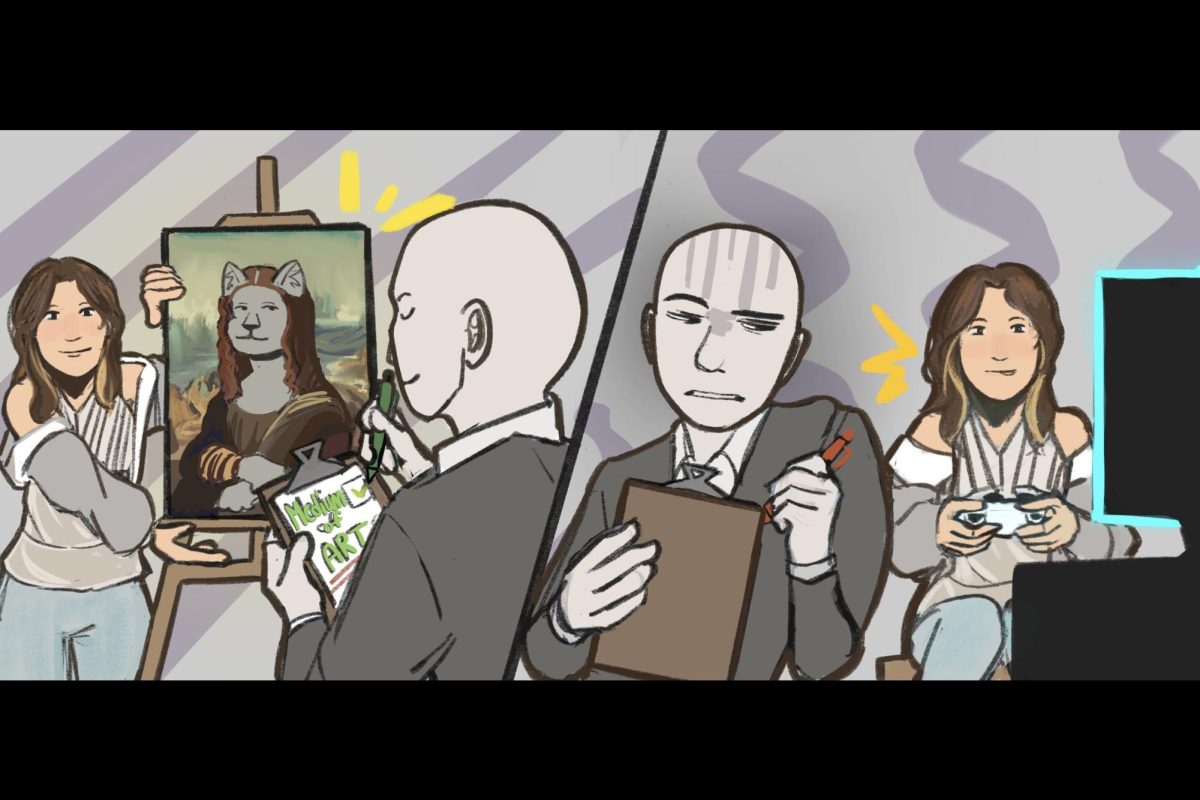





















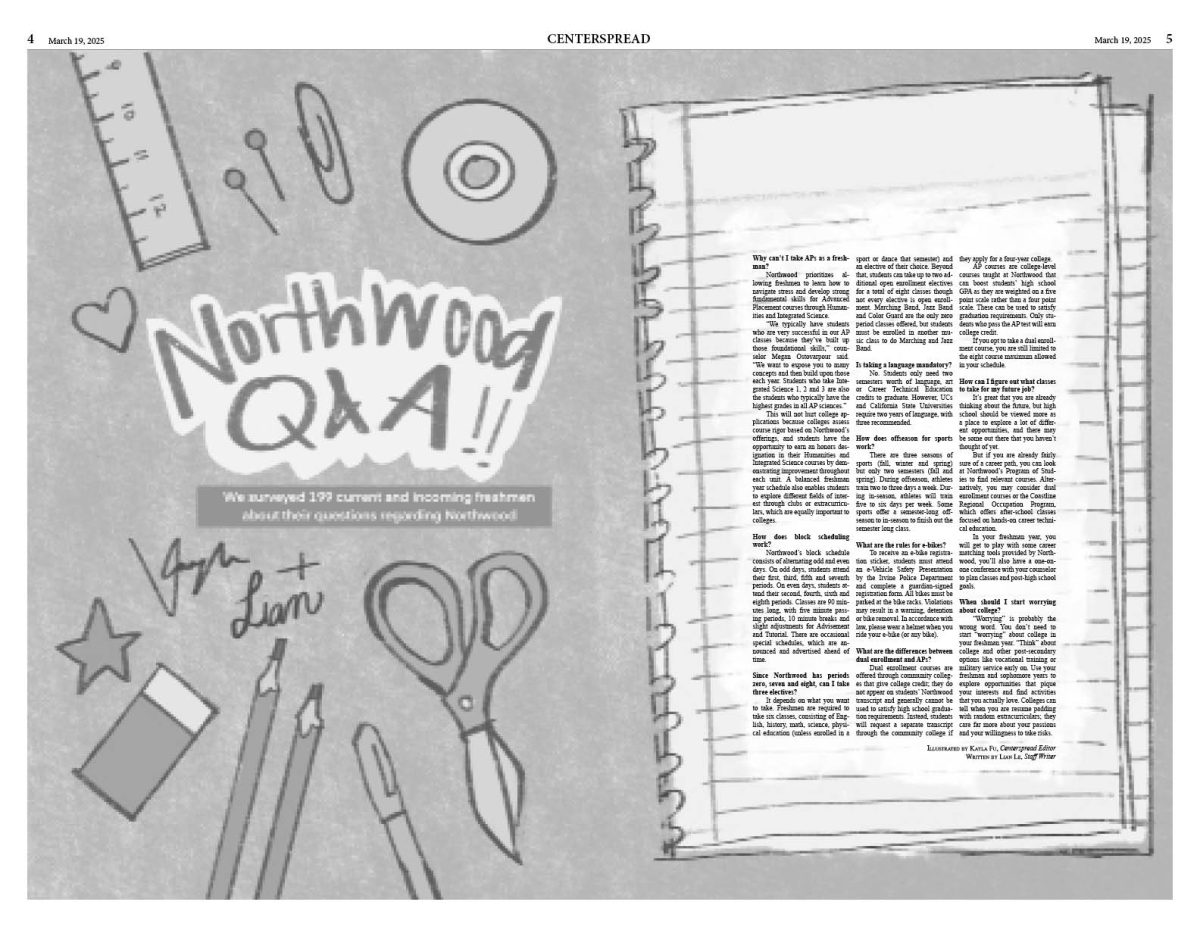




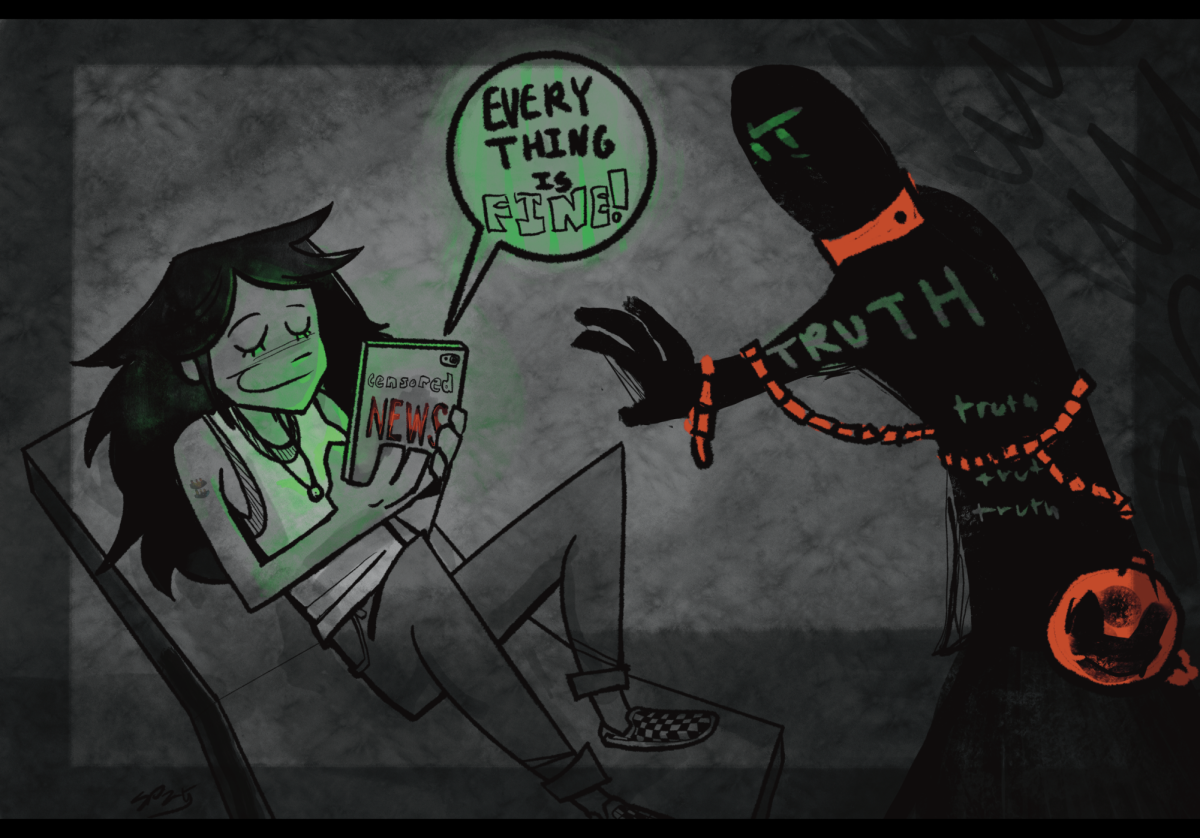




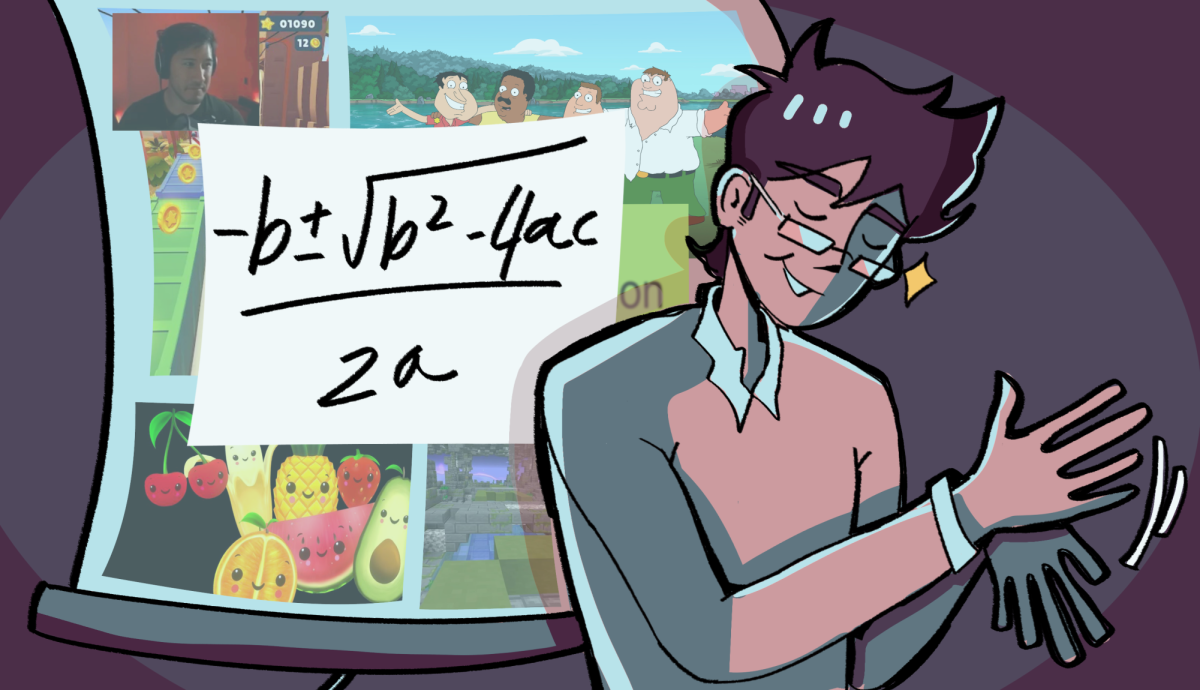
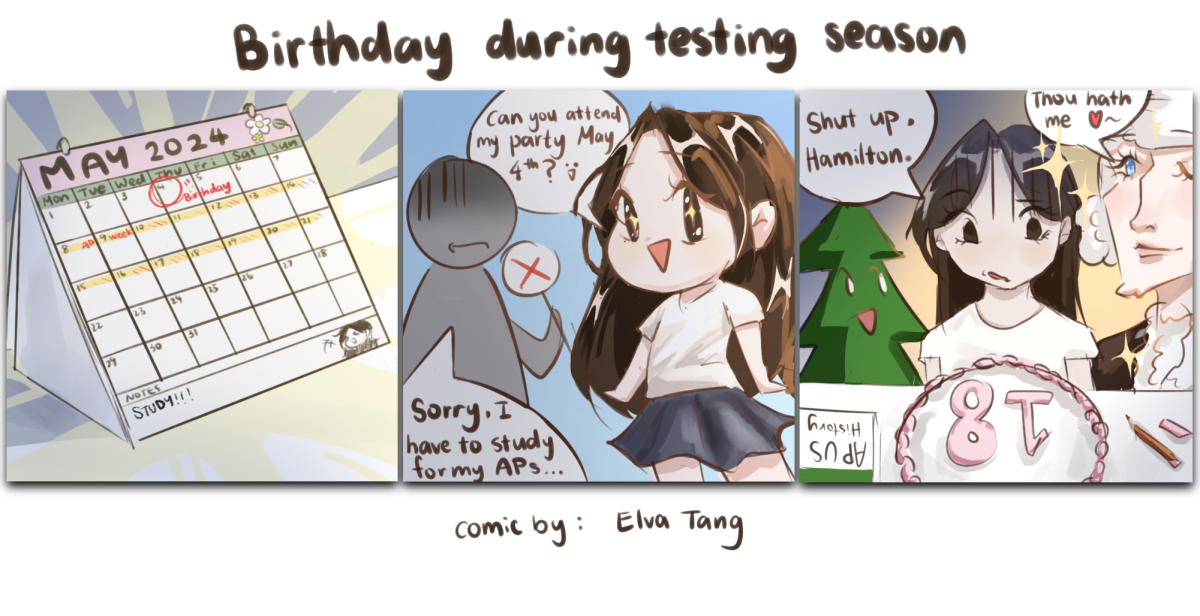


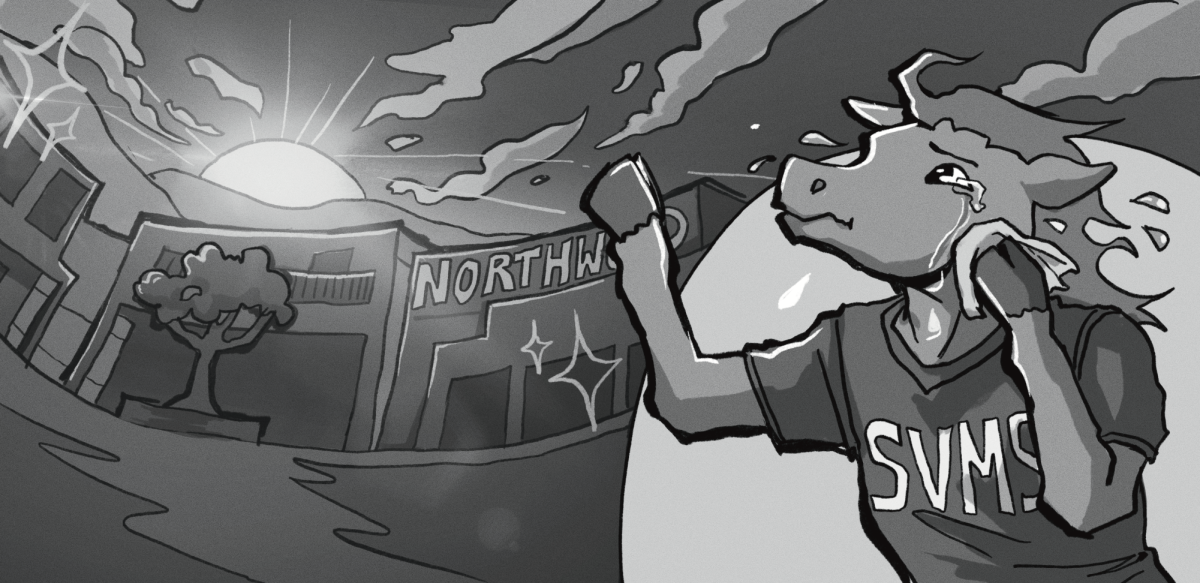





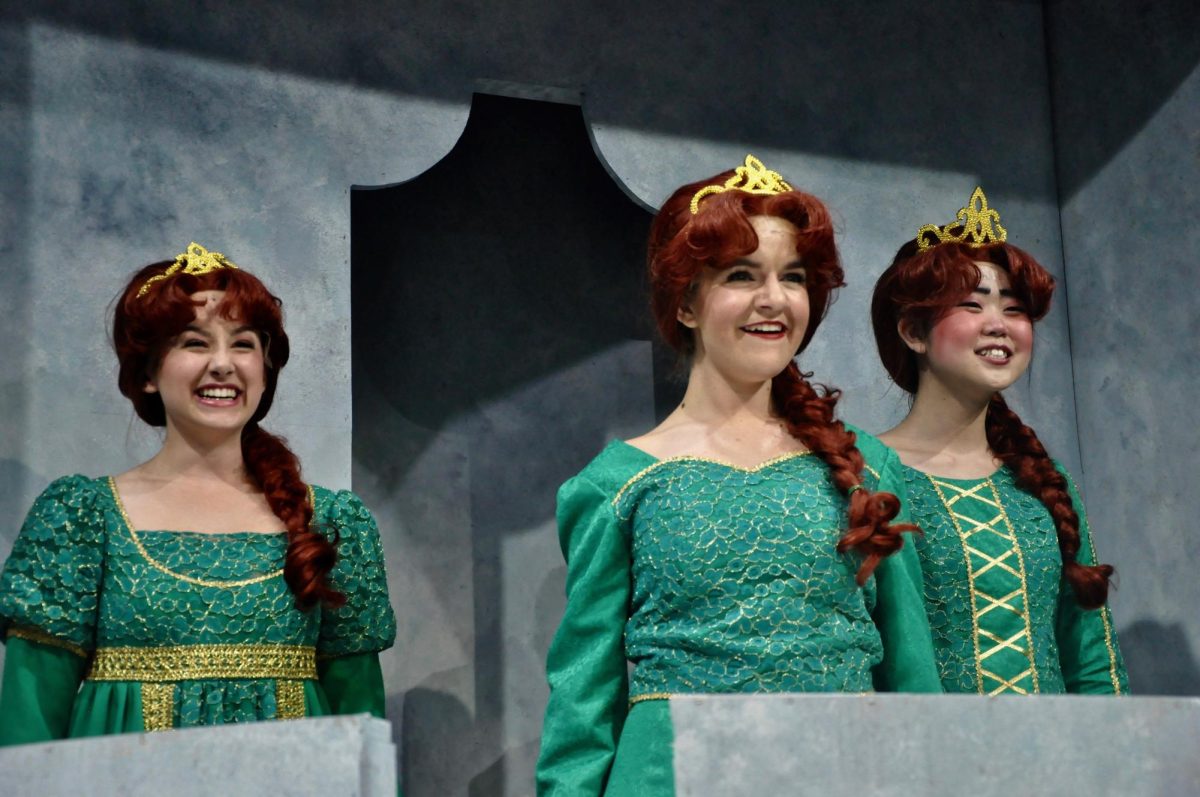





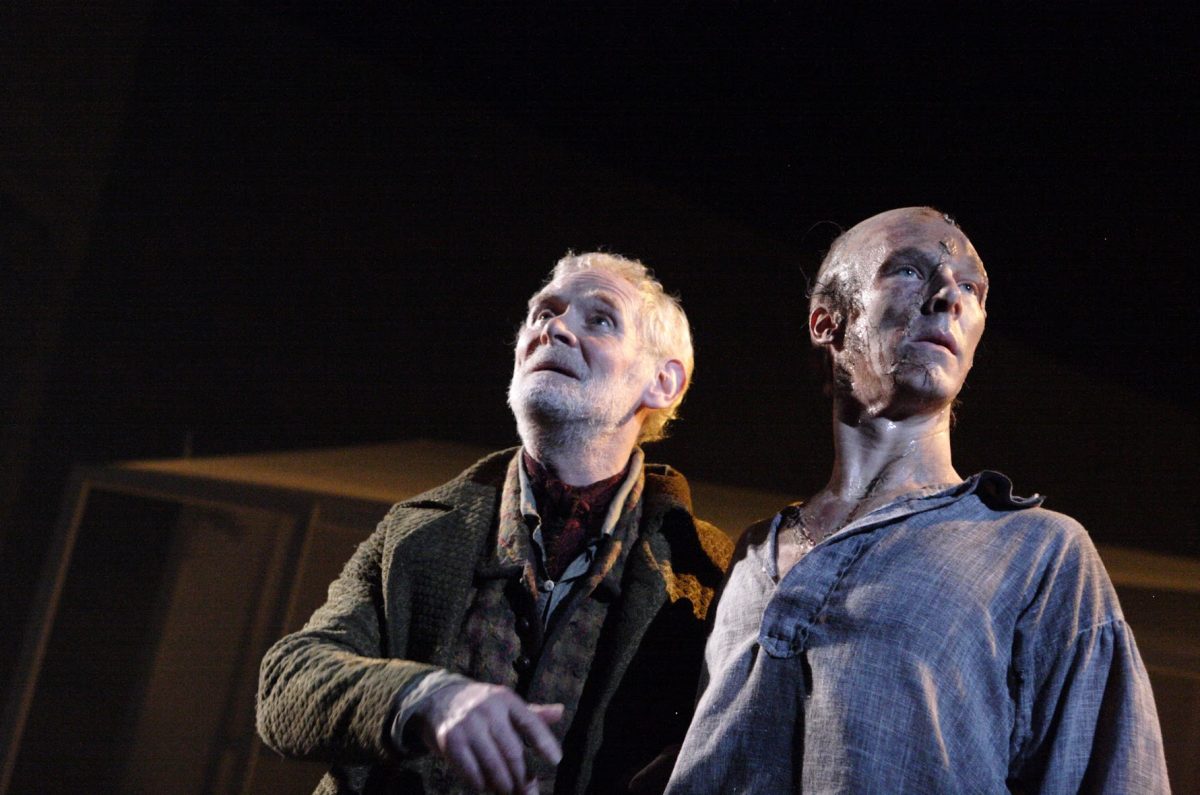

George Wickham
Dec 1, 2023 at 10:31 am
erm actually it is Mary ShellEy, not Mary Shelly **********
adviser
Dec 1, 2023 at 2:38 pm
Thank you. We fixed this.